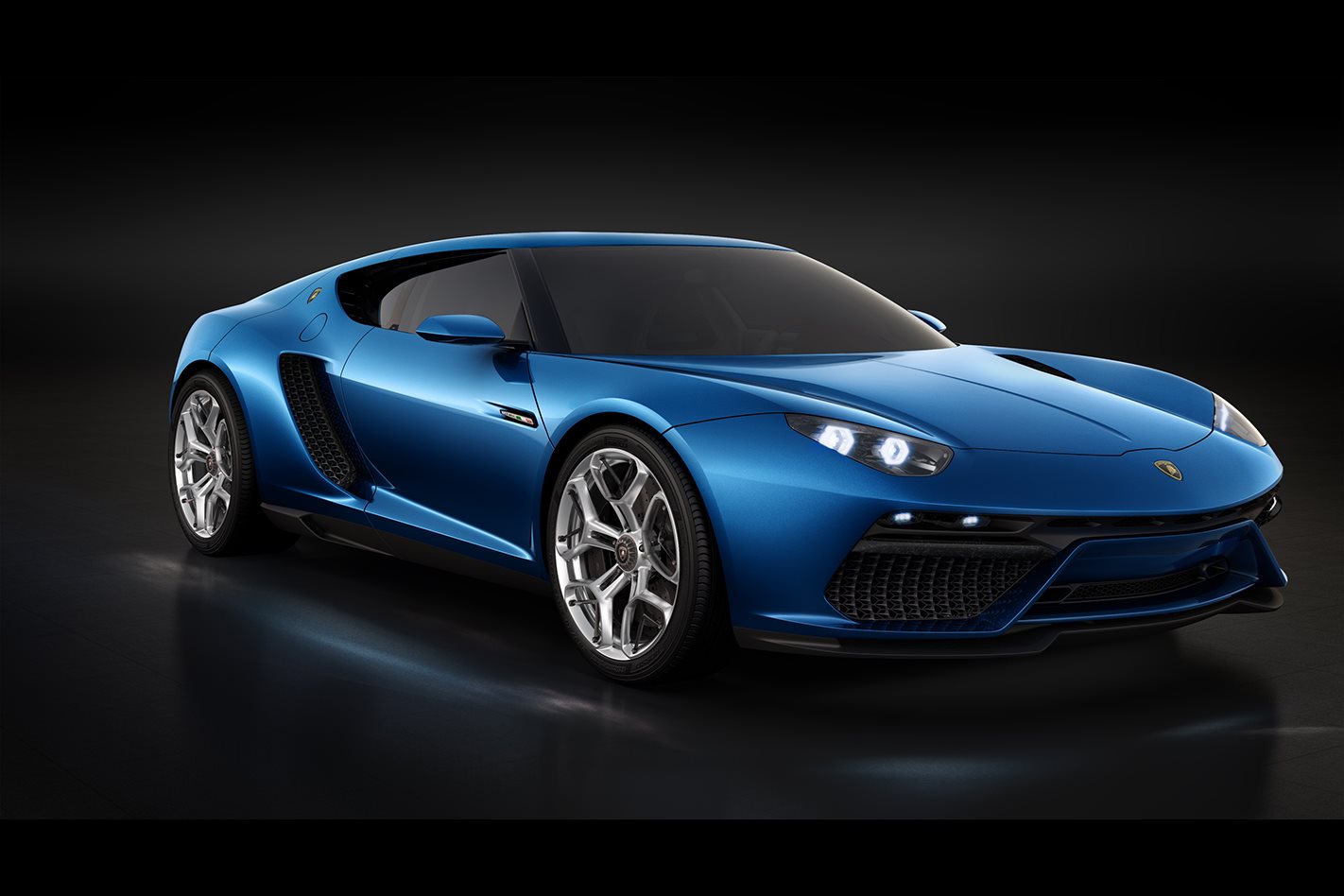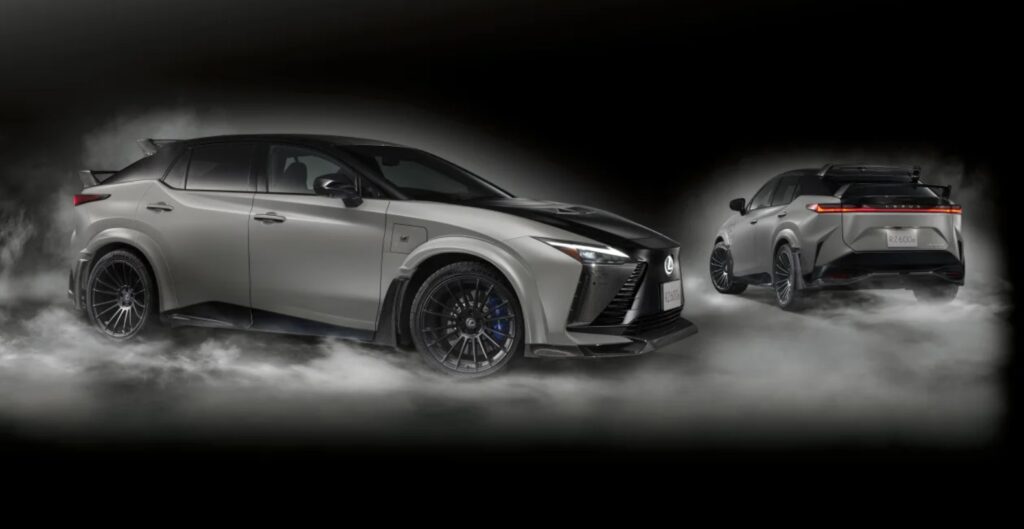Lamborghini’s future has arrived and the good news is there isn’t a turbo in sight.
Meet the Asterion LPI-910, named after the Minotaur, a mythical half-man, half-bull creature – a hybrid in other words. Therein lies the first clue as to what separates the Asterion from Sant’Agata’s current range.
Yep, Lambo’s gone green, but as you’d expect the execution is much more Porsche 918 Spyder than Toyota Prius.
An electric motor with integrated starter motor and generator sits between the 5.2-litre V10 and seven-speed dual-clutch gearbox, both lifted from the Huracan, while another electric motor is located on each front wheel.
This gives the Asterion the ability to operate in full-electric mode for up to 50km and up to speeds of 125km/h. Combine the two power sources, though, and 669kW are at your disposal, enough to blast from 0-100km/h in 3.0sec, despite a weight increase of 250kg thanks to the hybrid system.
For optimum weight distribution, the batteries are located in the central tunnel area, forcing the seven-speed dual-clutch ’box to move astern the engine in a transaxle layout.
As well as previewing future powertrain technology, the Asterion also hints at Lamborghini’s future design direction.
Its more rounded, hatch-like shape is curvier and less edgy than the wedge-like Aventador and Huracan, more Jalpa than Countach.
Does it hint at a new grand touring-style third model for Lambo? More likely it previews the forthcoming Urus SUV, which is unlikely to be quite as visually extreme as Sant’Agata’s super sports cars.
The colour palette is also more subdued than Lamborghini’s usual retina-searing efforts, the glittering ‘Blue Elektra’ paintwork matched to an interior of brown and white leather.
A new three-spoke steering wheels apes that of the Miura while a tablet-style touch screen replaces the Audi MMI-based system currently in use for controlling infotainment, navigation and HVAC controls.
There is currently no word as to when a production version of the Asterion’s powertrain will appear, though all the technology is currently available, so it wouldn’t be a huge stretch for it to debut within the current life cycle.
The best news is that the Asterion confirms we’ll be enjoying the nape-prickling howl of Lambo’s naturally-aspirated engines for a good while yet.






